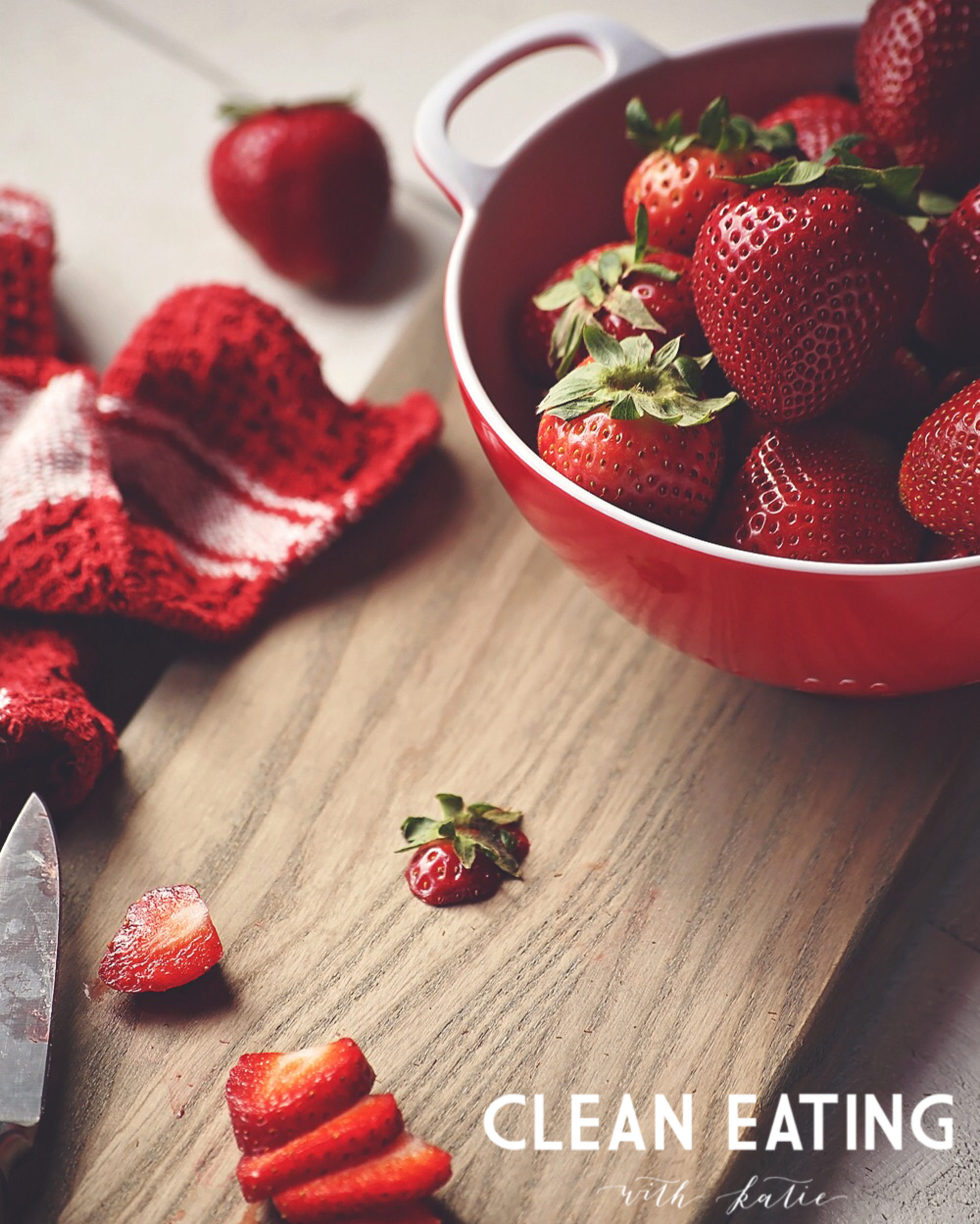The 52 New Foods Challenge Food of the Week: Strawberries
This is the most exciting of all the foods and it’s likely not new for most people. There is just something about strawberries that I just can’t get enough of. For me, berries also mean summer. Ahhhhhhh. I’m pretty much a snob about my berries though…I only eat fresh berries when they are in season and I only buy them from Tomatero Organic Farm in Watsonville, CA. I choose Tomatero for three reasons: 1) They are local and organic. Organic is a big deal with strawberries as they absorb many of the pesticides that are sprayed on them and they are consistently on the EWG’s Dirty Dozen. 2) They grow several varieties of strawberries, all of them great, but this season I have been loving the Sweet Anne. 3) Also, I used to slang berries for them at local farmer’s markets for four years. You know, the whole “know the farmer” idea. 4) They are the best!!!! (I know, I said three reasons 😉
Jennifer Tyler Lee suggests serving strawberry sauce on pancakes instead of syrup. I LOVE that idea. I also had sliced strawberries in a turkey sandwich with arugula (think: turkey and cranberry sauce) at an amazing place called Centrally Grown in Cambria, CA.
Food Facts:
- Wild berries and heirloom varieties have more nutritional value and more phytonutrients.
- Strawberries do not continue to ripen after they have been harvested, so should be

picked ripe. This also means that if your strawberry has traveled some distance to arrive to you, they are being picked when only three-quarters ripe. - Underripe strawberries are less nutritious than fully ripe berries. (Maybe we should all just grow our own, huh?)
- Most supermarket berries are large, firm, white-fleshed, and hollow. This variety has been chosen because of their ability to travel well and last longer. There are many other varieties with other flavor profiles, softer textures, pink flesh, and juicy. I HIGHLY encourage you to go the farmers market and taste them all.
- Jo Robinson, of Eating on the Wild Side, suggests that consumers up their standards for produce, especially for berries, so that the stores will have to supply higher quality produce (ripe, not moldy, flavorful, etc.).
- Organic berries offer more of an anti-cancer effect than conventional berries.
- The antioxidant activity of berries increases when left out at room temperature. The antioxidants contained in strawberries include: ellagic acid, anthocyanin, catechin, quercetin, and kaempferol.
- They help to fight against inflammation, cancer, and heart disease.
- Good source of vitamin C, folate, and manganese. They are also rich in vitamin K, potassium, and magnesium.
- Good source of fiber.
From The 52 New Foods Challenge: A Family Cooking Adventure for Each Week of the Year, with 150 Recipes by Jennifer Tyler Lee, Encyclopedia of Healing Foods
by Michael Murray, Joseph Pizzorno, and Lara Pizzorno, Eating on the Wild Side: The Missing Link to Optimum Health
by Jo Robinson, and Superfoods: The Healthiest Foods on the Planet
by Tonia Reinhard.
Photo Credit: Luv Kreativ Photography https://www.instagram.com/luvkreativ/?hl=en


